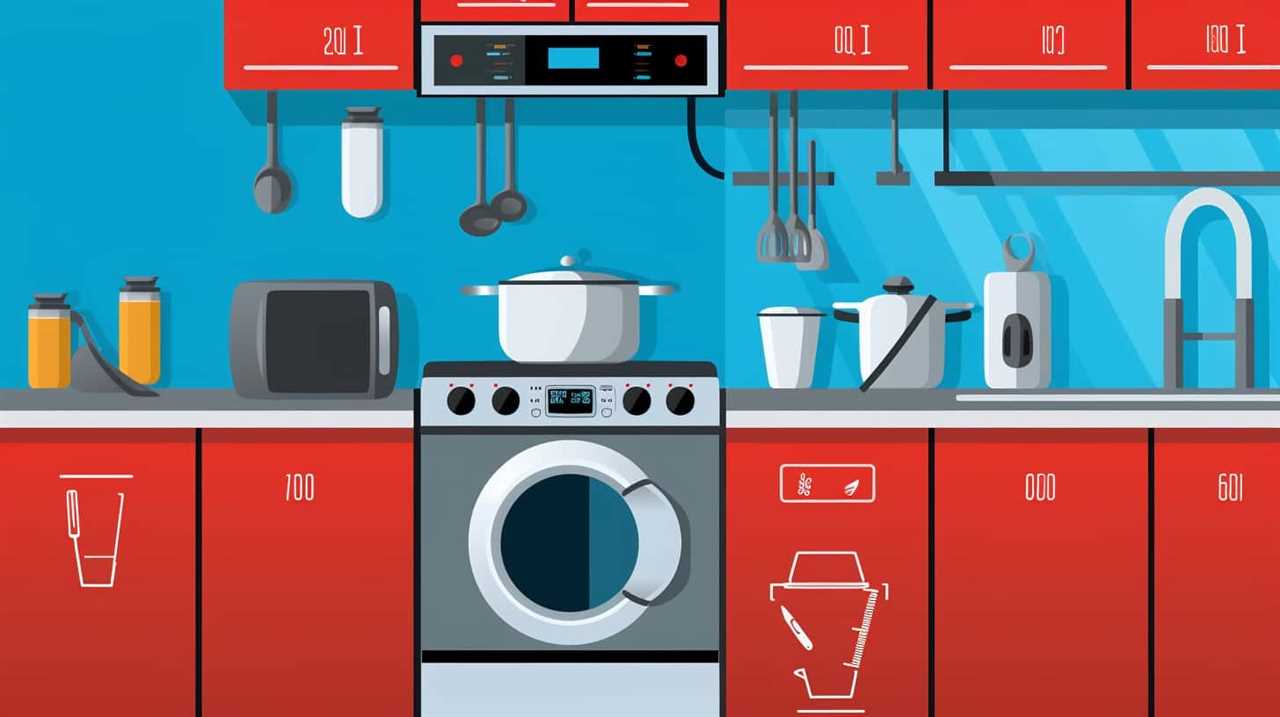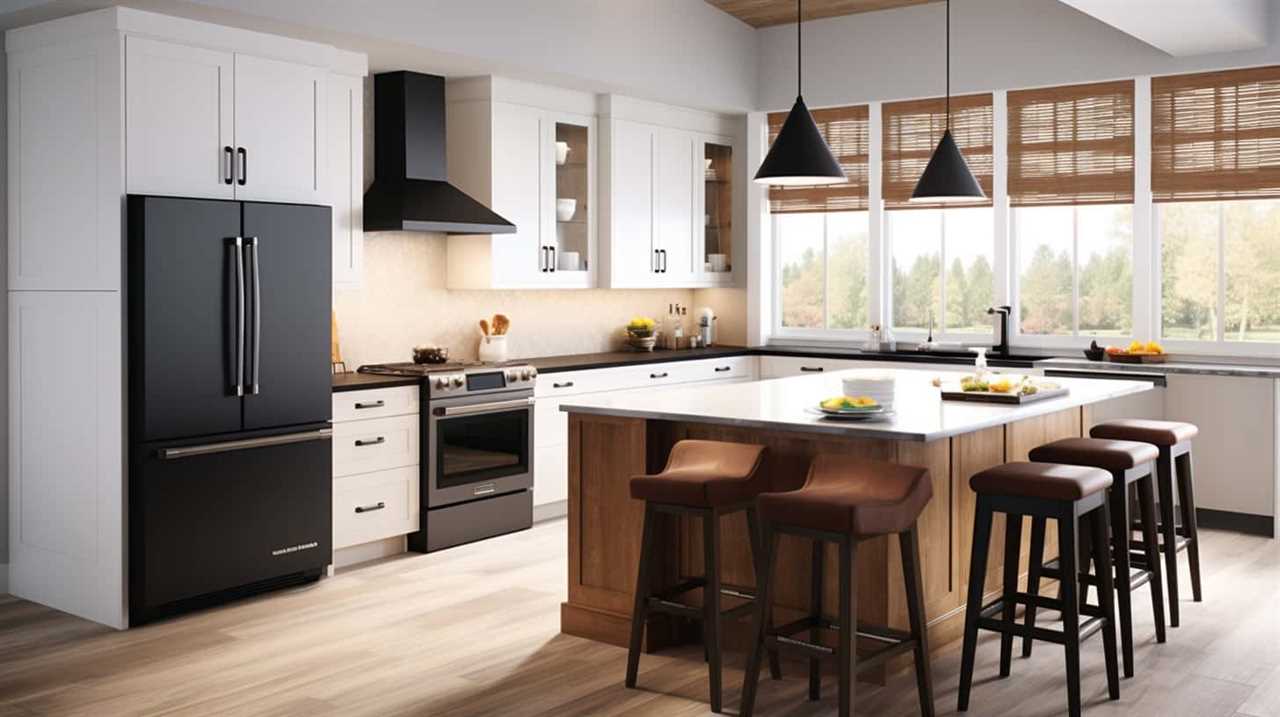Do you want to know if home appliances run on AC or DC power? We, as experienced professionals, recognize the significance of understanding these fundamentals.
In this article, we will explore how home appliances get their power and the differences between AC and DC.
We will also discuss the possibility of switching between the two and the safety considerations involved.
By the end, you will be equipped with the knowledge to make an informed choice for your home appliances.

Key Takeaways
- AC (alternating current) is the primary type of current used in homes and businesses.
- AC current is easily generated, transmitted, and distributed over long distances.
- DC (direct current) is mainly used in low-power applications and electronic devices.
- Understanding the current used by each appliance ensures proper functioning and safety.
AC Vs. DC: Understanding the Basics
We will now delve into the topic of AC vs. DC to develop a clear understanding of the basics.
When discussing current types and power sources, it’s essential to comprehend the differences between AC (alternating current) and DC (direct current).
AC is the primary type of current used in our homes and businesses. It’s generated by power plants and transmitted through power lines. AC current has the advantage of being able to travel long distances with minimal power loss.
On the other hand, DC current flows in a single direction and is commonly generated by batteries and solar panels.

Understanding the basics of AC and DC is crucial for anyone seeking mastery in the field of electrical circuits.
With this foundation, we can now explore the importance of knowing your current and its impact on home appliances.
The Importance of Knowing Your Current
Understanding the current in your home appliances is crucial for both safety and functionality. In this discussion, we’ll explore the differences between AC and DC currents and their implications for appliance operation.
We’ll also highlight the importance of knowing the compatibility of your appliances with the type of current they require.

AC Vs DC Explained
When it comes to home appliances, it’s crucial to understand the difference between AC and DC current.
AC, or alternating current, and DC, or direct current, are two different types of electric currents that are commonly used in various applications.
AC is the preferred choice for most home appliances due to its numerous advantages over DC. AC current is easily generated, transmitted, and distributed over long distances, making it ideal for powering homes and businesses. It can also be easily transformed to different voltage levels, allowing for more efficient energy distribution.
In contrast, DC current is mainly used in low-power applications and electronic devices.

Understanding the applications and advantages of AC over DC is essential for ensuring the proper functioning and compatibility of home appliances.
Now, let’s delve into the safety implications of these currents.
Safety Implications of Currents
To ensure the safety of our homes, it’s important for us to understand the implications of different currents and know the current being used by our home appliances. Here are four key points to consider when it comes to current safety and electrical hazards:
- Current strength: The strength of the current flowing through an appliance determines the potential danger it poses. Higher currents can cause severe electric shocks and even lead to fatal injuries.
- Grounding: Proper grounding is crucial for protecting against electrical hazards. Grounding provides a path for excess current to flow into the ground, preventing electrical shock and reducing the risk of fires.
- Overload protection: Appliances should be equipped with overload protection devices such as fuses or circuit breakers. These devices automatically shut off the power supply when the current exceeds safe levels, preventing damage to the appliance and minimizing the risk of electrical accidents.
- Insulation: Insulation is essential to prevent electrical current from coming into direct contact with humans or other objects. Faulty or damaged insulation can result in electrical shocks and potentially lead to fires.
Understanding these current safety considerations and implementing appropriate measures can significantly reduce the risk of electrical hazards in our homes.
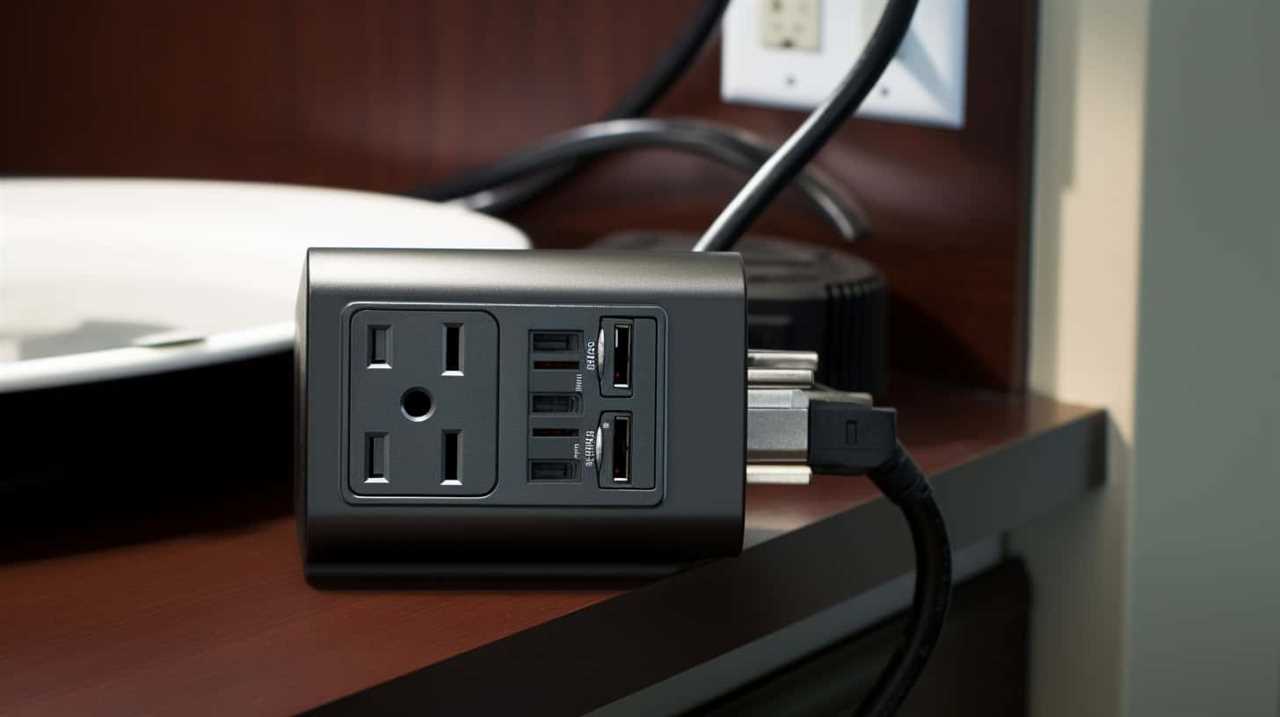
Transitioning into the next section about the compatibility of appliances, it’s important to ensure that the electrical current used by our appliances matches the current provided by our home’s electrical system.
Compatibility of Appliances
Now that we’ve discussed the safety implications of currents, let’s delve into the compatibility of appliances by asking: How do we determine whether home appliances use AC or DC? Understanding the compatibility issues and power source selection is crucial for ensuring that our appliances function properly and safely.
To determine the compatibility of an appliance, we need to refer to the manufacturer’s specifications. These specifications will clearly state whether the appliance operates on AC or DC power. It’s important to note that not all appliances are compatible with both AC and DC power sources.
When selecting a power source for an appliance, we must consider its electrical requirements. AC-powered appliances typically require a standard household electrical outlet, while DC-powered appliances often require a specific voltage and connector type.

How Do Home Appliances Get Their Power
By connecting to an electrical outlet, home appliances receive their power. Here are four ways that home appliances get their power:
- Electricity: The most common source of power for home appliances is electricity. When appliances are plugged into an electrical outlet, they draw power from the electrical grid.
- Batteries: Some portable home appliances, such as cordless phones or remote controls, rely on batteries for power. These appliances have built-in batteries that are charged or replaced when needed.
- Solar energy: With the increasing popularity of renewable energy, some home appliances can be powered by solar energy. Solar panels convert sunlight into electricity, which can then be used to power appliances.
- Fuel: Certain home appliances, like gas stoves or furnaces, use fuel as their power source. These appliances require a constant supply of fuel, such as natural gas or propane, to operate.
Understanding how home appliances get their power is crucial for effectively using and maintaining them. Whether it’s through electricity, batteries, solar energy, or fuel, each appliance has specific requirements that must be met for optimal performance.
AC: The Power Behind Our Homes
AC, or alternating current, is the power that runs our homes. It’s different from DC, or direct current, in terms of how the electrical energy is delivered.
Understanding the difference between AC and DC usage is crucial in ensuring the compatibility of home appliances with the power supply.
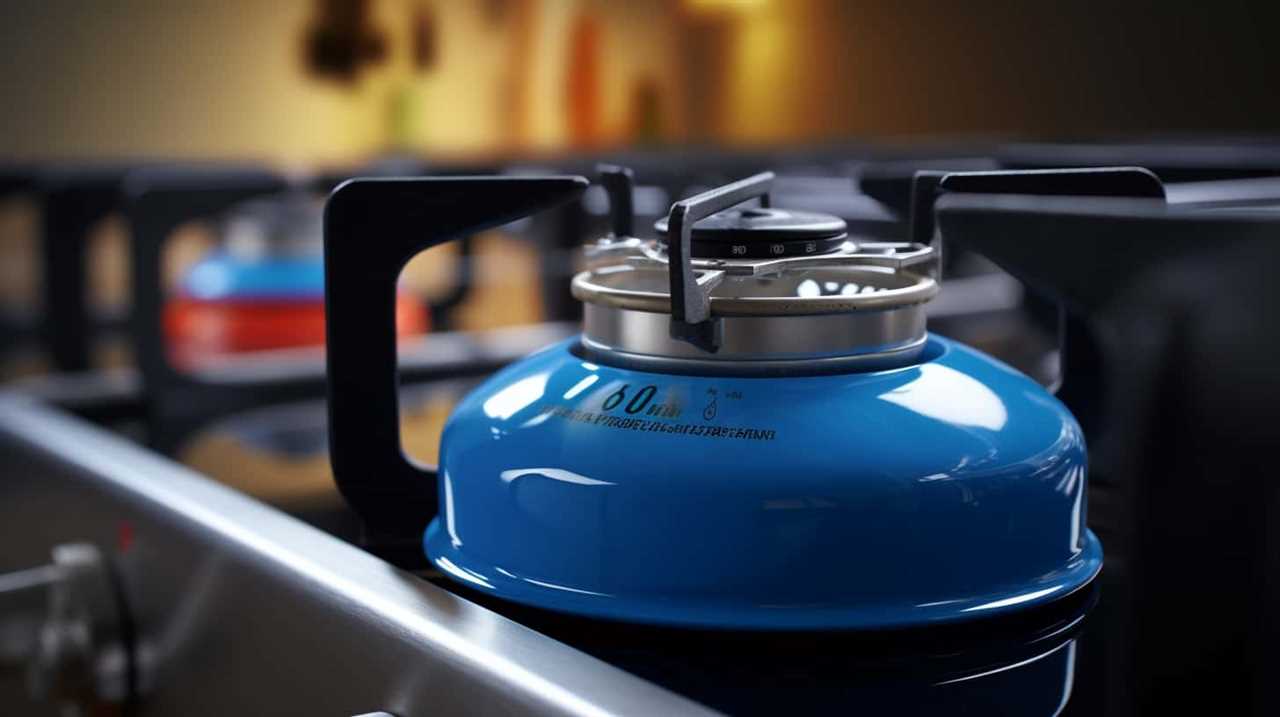
AC Vs. DC Usage
We rely on AC power to run our homes efficiently and effectively. AC, or alternating current, is the standard form of electrical power used in most residential settings.
Here are four key points comparing the usage of AC and DC in home appliances:
- Cost Effectiveness: AC power is more cost-effective than DC power due to its ability to be transmitted over long distances with minimal power loss. This makes it more suitable for powering the grid and delivering electricity to homes.
- Environmental Impact: AC power is more environmentally friendly compared to DC power. AC power can be easily generated from renewable energy sources such as wind and solar, reducing reliance on fossil fuels and minimizing greenhouse gas emissions.
- Compatibility: Most home appliances are designed to run on AC power, making it the more practical choice. While DC-powered appliances exist, they’re less common and often require additional converters or inverters to function properly.
- Safety: AC power is considered safer for home use due to its ability to be easily controlled and regulated. AC power undergoes voltage conversions and can be easily interrupted in case of electrical faults, reducing the risk of electrical hazards.
Home Appliance Compatibility
Our homes rely on the power of AC to ensure compatibility with various home appliances. Home appliance compatibility is essential to ensure that our devices can function properly and safely.
AC, or alternating current, is the power source that’s commonly used in residential settings. It’s the preferred choice because it allows for easy transmission over long distances and can be easily converted to different voltage levels.
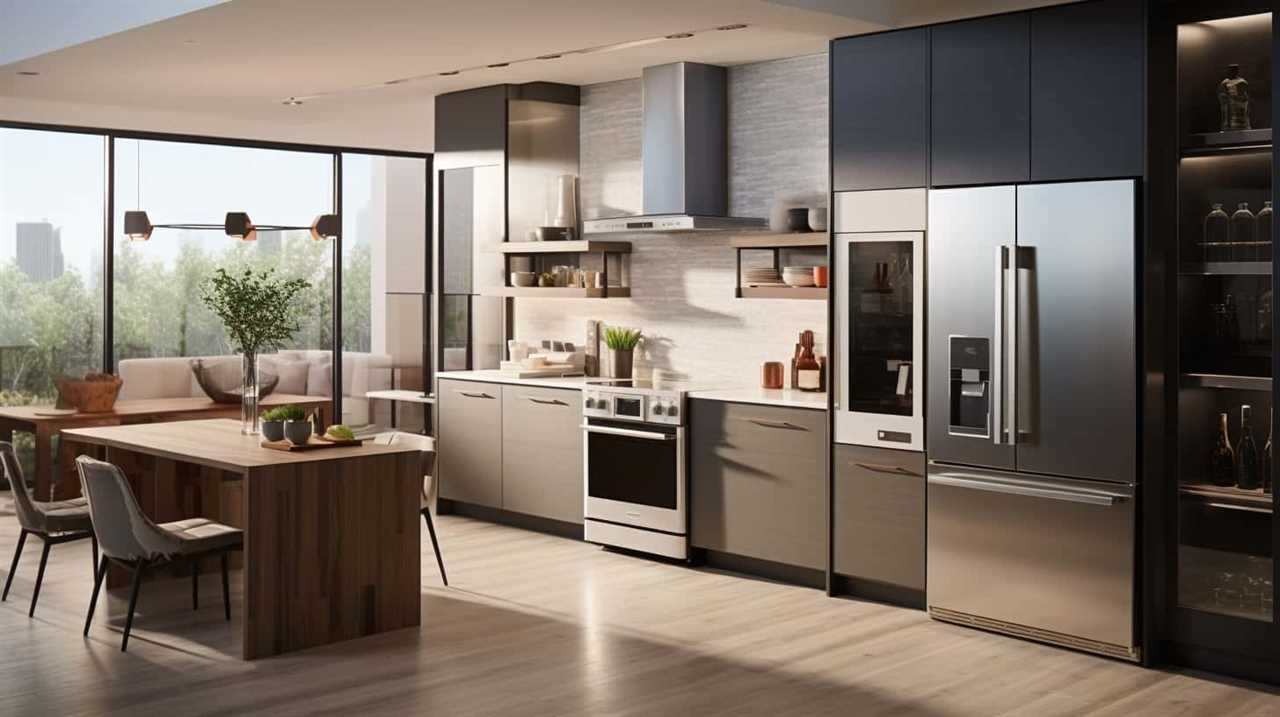
AC power is suitable for most home appliances, including refrigerators, air conditioners, and televisions. It provides a stable and reliable source of electricity that meets the power requirements of these devices. By using AC power, we can ensure that our home appliances operate efficiently and effectively.
However, there’s another power source that’s gaining popularity – DC.
DC: The Secret Power Source
From within the depths of our walls, DC silently powers our home appliances. While AC power may be the more common choice for transmitting electrical energy, DC power offers numerous advantages that make it the secret power source behind our everyday devices.
Here are four reasons why DC power is the preferred choice for our home appliances:

- Efficiency: DC power provides a more efficient energy transfer compared to AC power. With DC, there are fewer energy losses during transmission, resulting in reduced energy consumption and lower utility bills.
- Compatibility: Many of our electronic devices, such as laptops and smartphones, operate on DC power. By using DC directly, we eliminate the need for bulky and inefficient AC-DC converters, making our appliances more compact and energy-efficient.
- Stability: Unlike AC power, which experiences constant fluctuations in voltage and frequency, DC power offers a stable and consistent flow of energy. This stability ensures that our appliances operate smoothly and reliably.
- Safety: DC power poses a lower risk of electric shock compared to AC power. With DC, the voltage remains constant, reducing the likelihood of accidental electrocution.
The Role of Transformers in Home Appliances
Transformers play a crucial role in the operation of home appliances. They’re responsible for the electrical conversion that allows appliances to function properly. Transformers are used to either step up or step down the voltage of the electricity that enters the appliance. This is important because different appliances require different voltage levels to operate efficiently and safely.
For example, a refrigerator may require a higher voltage than a television. Transformers accomplish this by using a primary coil and a secondary coil, which are wound around a core made of magnetic material. When an alternating current (AC) passes through the primary coil, it creates a magnetic field that induces a current in the secondary coil, thereby transforming the voltage.
This electrical conversion is essential for the proper functioning of home appliances.
The Advantages of AC for Home Appliances
When it comes to home appliances, AC (alternating current) offers numerous advantages that make it the preferred choice for efficient and safe operation. Here are four key advantages of using AC in households:

- Efficient Power Transmission: AC allows for efficient power transmission over long distances. This is important for delivering electricity from power plants to homes, ensuring minimal energy loss.
- Compatibility: AC power is compatible with a wide range of home appliances, making it easier for consumers to find and use the devices they need. It also allows for the simultaneous operation of multiple appliances without any issues.
- Safety: AC power is relatively safer than DC (direct current) as it has a lower risk of electric shock. AC power can be easily controlled and regulated, reducing the chances of accidents and electrical fires.
- Cost-effective: AC power systems are more cost-effective to install and maintain compared to DC systems. This makes AC the more practical choice for powering home appliances.
While AC offers numerous advantages, the next section will explore the advantages of DC for home appliances.
The Advantages of DC for Home Appliances
One advantage of DC for home appliances is its efficiency. DC, or direct current, is a type of electric current that flows in one direction without any fluctuations. Unlike AC, or alternating current, which periodically changes direction, DC provides a steady and constant flow of energy.
This characteristic of DC allows home appliances to operate more efficiently because they can directly convert the electricity into the desired output without any loss due to alternating voltage. Additionally, DC appliances tend to have simpler designs and fewer components compared to their AC counterparts, which can also contribute to their overall efficiency.
Common Home Appliances That Use AC
Many common home appliances, such as refrigerators, televisions, and air conditioners, use AC, or alternating current. AC is the most widely available form of electricity and is delivered to our homes through power lines.

Here are four examples of common home appliances that use AC:
- Refrigerators: These appliances rely on AC to power their compressors and maintain the cool temperature needed for food storage.
- Televisions: AC is essential for powering the internal components of televisions, including the display panel and audio system.
- Air conditioners: AC is used to operate the motor and compressor in air conditioners, allowing them to cool and circulate air effectively.
- Washing machines: AC powers the motor and controls the various cycles and functions of washing machines.
Using AC in these appliances ensures compatibility with the power supply options available in most homes. However, some appliances, as we’ll discuss in the next section, use DC power for specific reasons.
Common Home Appliances That Use DC
To understand the usage of DC in common home appliances, let’s explore a few examples.
While AC power is the dominant choice for most home appliances, there are a few exceptions that utilize DC power sources. One such example is the LED lights that are increasingly being used in homes. LED lights are highly efficient and require low voltage, making them ideal for DC power.
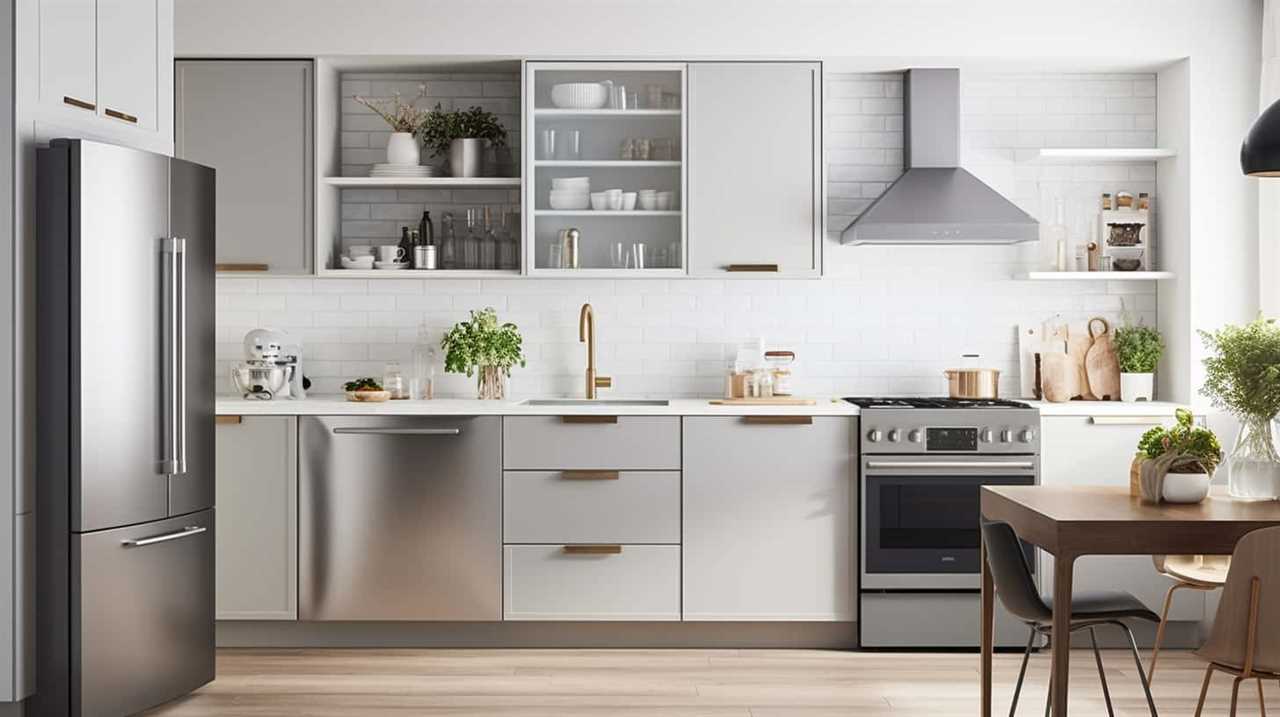
Another example is the popular USB chargers that we use to charge our smartphones and tablets. These chargers convert the AC power from the wall outlet to DC power, which is then used to charge our devices.
The advantages of DC appliances include increased energy efficiency and the ability to integrate renewable energy sources, such as solar panels, more easily.
Transitioning into the next section, let’s now explore the future of AC and DC in home appliances.
The Future of AC and DC in Home Appliances
As we look to the future of home appliances, it’s important to consider the efficiency of AC and DC systems.
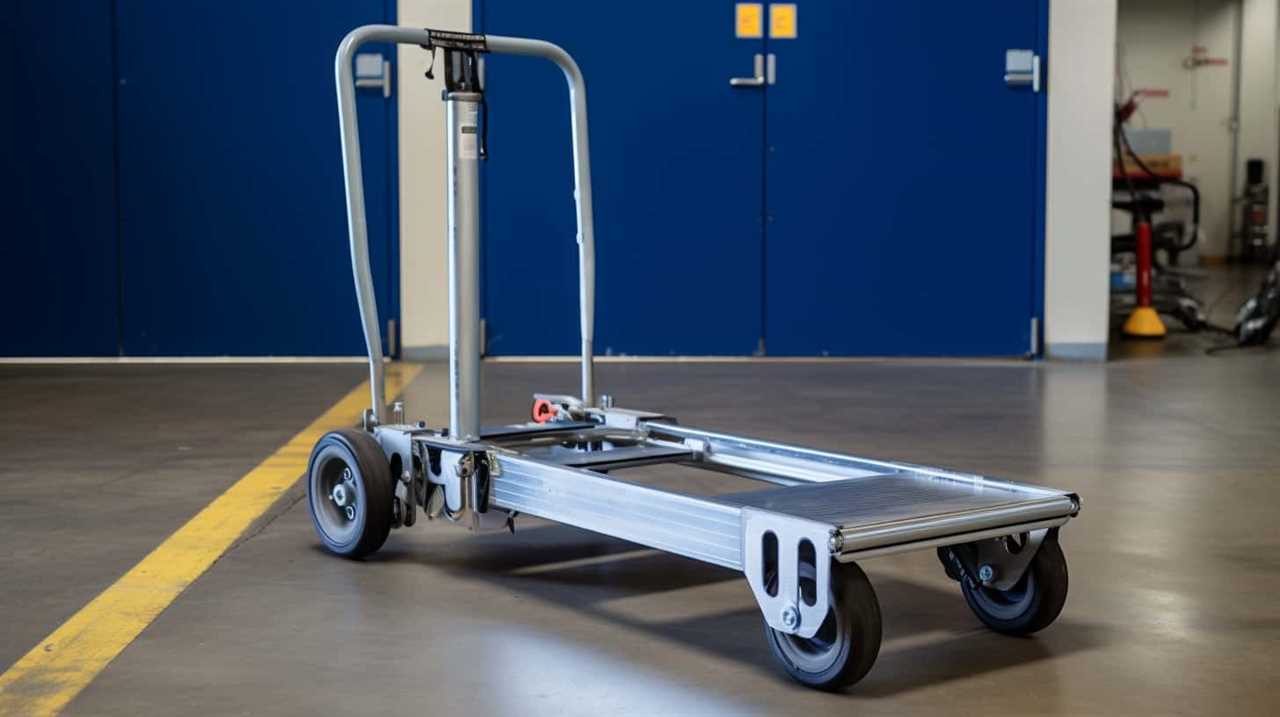
Technological advancements have the potential to improve the efficiency of both AC and DC appliances, making them more energy-efficient and environmentally friendly.
This, in turn, can have a significant impact on overall energy consumption and help us move towards a more sustainable future.
AC Vs. DC Efficiency
We have observed a significant shift towards improving AC and DC efficiency in home appliances. This shift is driven by the need to reduce power consumption and increase reliability.
Here are four key factors influencing the efficiency of AC and DC power in home appliances:
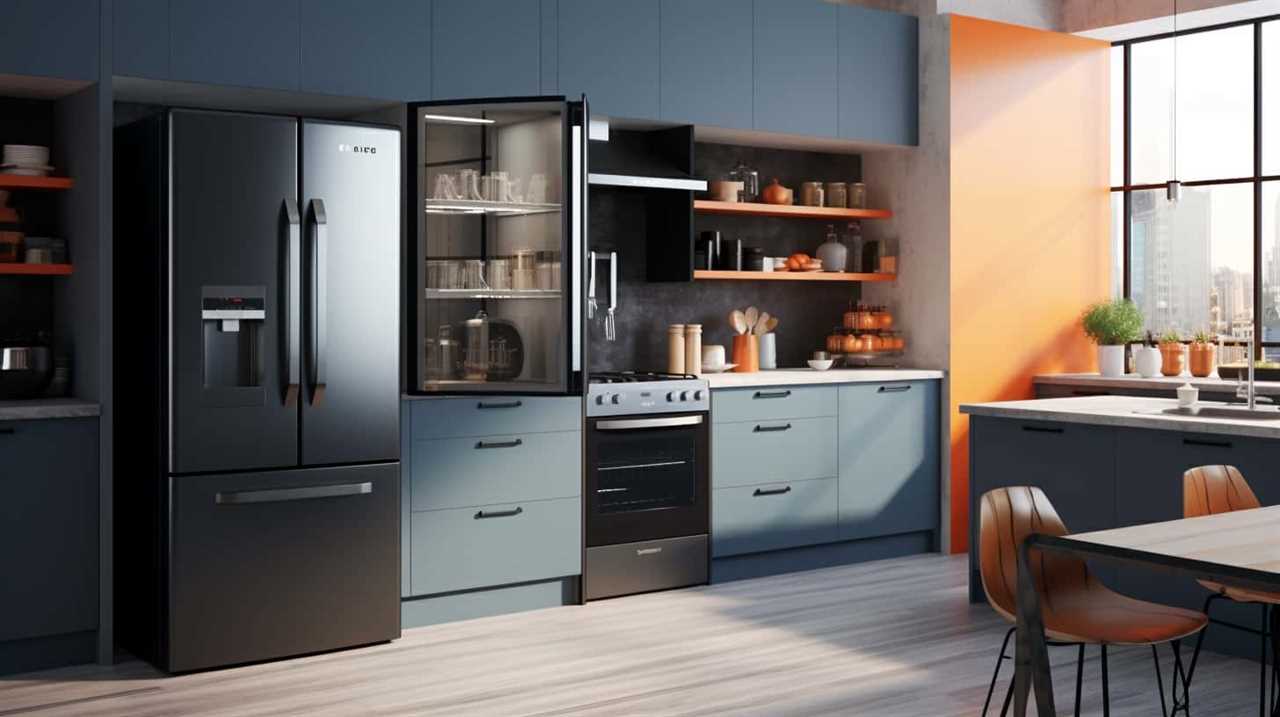
- Power conversion: AC appliances require power conversion from AC to DC, which introduces energy losses. DC appliances, on the other hand, eliminate the need for power conversion, resulting in higher efficiency.
- Voltage regulation: AC appliances rely on transformers to regulate voltage, which can lead to power losses. DC appliances can maintain a more stable voltage, reducing energy wastage.
- Energy storage: AC appliances often require additional energy storage devices, such as capacitors, to function efficiently. DC appliances can operate directly from a battery, minimizing the need for additional components.
- Control systems: AC appliances typically use complex control systems that consume energy. DC appliances can utilize simpler control systems, reducing energy consumption and improving overall efficiency.
As technology continues to advance, we can expect further improvements in both AC and DC efficiency, making home appliances more energy-efficient and reliable.
Technological Advancements in Appliances
Moving forward into the discussion of technological advancements in appliances, let’s delve into the future of AC and DC in home appliances.
As technology continues to evolve, we can expect to see significant developments in the way appliances are powered. One of the key areas of focus for future developments is the integration of smart technologies into home appliances. This includes the use of AC and DC power to enable more efficient and intelligent appliances.
For instance, by incorporating DC power, appliances can be designed to operate at variable speeds, resulting in reduced energy consumption and increased efficiency. Additionally, advancements in battery technology will allow appliances to be powered by DC sources, making them more portable and independent from the electrical grid.

These technological advancements hold great potential for revolutionizing the way we use and interact with home appliances in the future.
Impact on Energy Consumption
The integration of AC and DC power in home appliances has a significant impact on energy consumption. Here are four key points to consider:
- Energy-saving tips: With the increasing emphasis on energy conservation, manufacturers are designing appliances that consume less power. By using advanced technologies such as energy-efficient motors and LED lighting, appliances can operate with reduced energy consumption.
- Renewable energy sources: The future of home appliances lies in their compatibility with renewable energy sources. By integrating AC and DC power systems, appliances can easily tap into solar or wind power, reducing reliance on traditional electrical grids and decreasing overall energy consumption.
- Smart grid integration: AC and DC power integration allows for better communication between appliances and the power grid. By utilizing smart technology, appliances can adjust their energy usage based on grid demand, optimizing energy consumption and reducing waste.
- Energy management systems: The integration of AC and DC power in home appliances enables the development of energy management systems. These systems can monitor and control energy usage, allowing homeowners to track and minimize their energy consumption effectively.
Switching Between AC and DC: Is It Possible
Switching between AC and DC power sources presents challenges for home appliances.
Appliances are designed to operate on either AC or DC power, and switching between the two can lead to compatibility issues.

One of the main challenges is the difference in voltage levels between AC and DC. AC power typically has a higher voltage, while DC power has a lower voltage. This can require the use of voltage converters or transformers to ensure that appliances receive the correct voltage.
Additionally, the frequency of AC power can also pose a challenge, as some appliances may not be designed to handle different frequencies.
Standardization of power sources can address these challenges and provide benefits such as improved compatibility and energy efficiency.
Safety Considerations With AC and DC
When dealing with AC and DC power sources, we must consider the safety implications. Electrical hazards are present with both AC and DC power, and it’s important to take precautions to ensure our safety. Here are four key safety considerations:

- Electrical shock: Both AC and DC can cause electrical shock, which can be dangerous or even fatal. It’s crucial to use insulated tools and wear appropriate personal protective equipment when working with electrical equipment.
- Fire hazards: AC and DC systems can both pose fire hazards if not properly installed or maintained. Overloading circuits, using incorrect wiring, or faulty equipment can lead to overheating and fires. Regular inspections and following safety guidelines are essential.
- Grounding: Proper grounding is crucial in both AC and DC systems to prevent electrical shocks and fires. Ground fault circuit interrupters (GFCIs) and ground fault protection devices (GFPDs) should be installed to detect and prevent ground faults.
- Arc flash: Arc flash is a dangerous phenomenon that can occur in both AC and DC systems. It’s important to use proper arc flash protection equipment and follow safety procedures to minimize the risk of injury or death.
The Impact of AC and DC on Energy Efficiency
To further explore the safety considerations discussed earlier, let’s delve into the impact of AC and DC on energy efficiency in home appliances. When it comes to energy conservation and cost effectiveness, the choice between AC and DC can make a significant difference. AC power is more commonly used in home appliances due to its ability to be easily generated and transmitted over long distances. However, this does not mean that AC power is always the most energy efficient option. In fact, some appliances, such as certain types of lighting and electronics, actually operate more efficiently on DC power. To better understand the impact of AC and DC on energy efficiency, let’s take a look at the following table:
| AC Power | DC Power |
|---|---|
| Higher distribution losses | Lower distribution losses |
| Lower efficiency for some appliances | Higher efficiency for some appliances |
| More suitable for long-distance transmission | More suitable for short-distance transmission |
| Widely available and compatible | Requires additional conversion equipment |
Making an Informed Choice for Your Home Appliances
We can make an informed choice for our home appliances by considering important factors in energy efficiency. When selecting appliances, it’s crucial to prioritize energy efficiency to reduce electricity consumption and lower utility bills. To make the best decision, we should consider the following factors:
- Energy Star rating: Look for appliances with the Energy Star label, as they meet strict energy efficiency guidelines set by the Environmental Protection Agency (EPA).
- Energy consumption: Compare the energy consumption of different models. Opt for appliances with lower energy consumption to minimize environmental impact and save money in the long run.
- Size and capacity: Choose appliances that are appropriately sized for your needs. Oversized appliances may consume more energy than necessary.
- Maintenance and lifespan: Consider the maintenance requirements and expected lifespan of the appliance. Longer-lasting appliances can provide greater energy efficiency over time.
Frequently Asked Questions
Can Home Appliances Be Powered by Both AC and Dc?
Yes, home appliances can use both AC and DC power sources. The advantages of AC power include easy distribution and ability to change voltage levels. DC power is efficient for certain devices, but requires conversion for use in homes.
What Are the Safety Considerations When Using AC or DC for Home Appliances?
When considering the safety of using AC or DC for home appliances, it is important to be aware of potential electrical hazards and adhere to electrical codes. These precautions ensure a safe and efficient operation of appliances.
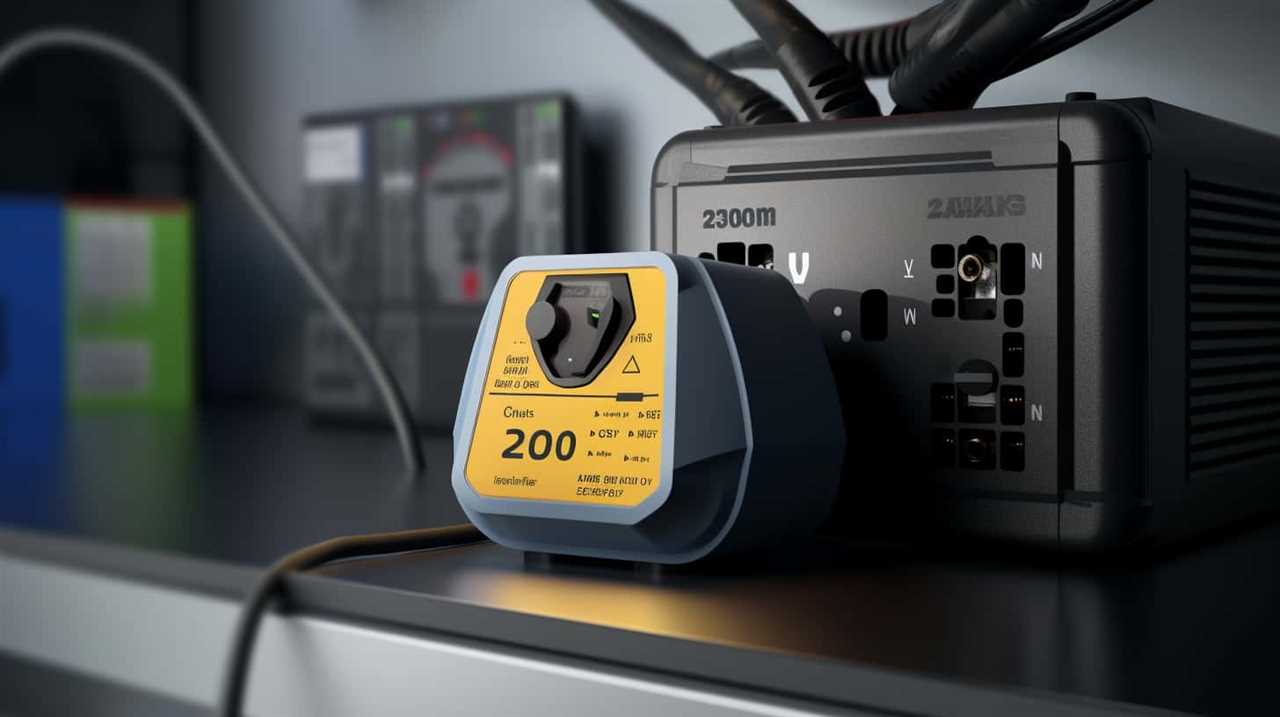
How Does the Use of AC or DC Affect the Energy Efficiency of Home Appliances?
When considering the energy efficiency of home appliances, it is important to evaluate their energy consumption and environmental impact. AC or DC usage can significantly affect these factors, making it crucial to choose wisely.
Are There Any Common Home Appliances That Can Operate on Both AC and DC Power Sources?
Yes, there are common home appliances that can operate on both AC and DC power sources. These appliances are designed with a built-in converter to convert the power from one source to another.
What FACtors Should Be Considered When Making an Informed Choice Between AC and DC for Home Appliances?
Factors to consider when choosing between AC and DC for home appliances include efficiency comparison, power requirements, and compatibility with existing infrastructure. Evaluating these factors helps make an informed decision for optimal appliance performance.
Conclusion
In conclusion, understanding the difference between AC and DC power is crucial when it comes to home appliances. By knowing the current they operate on, we can make informed choices that ensure the safety and efficiency of our appliances.

As the old saying goes, ‘Knowledge is power,’ and in this case, it allows us to harness the power of electricity in the most effective and responsible way possible.

